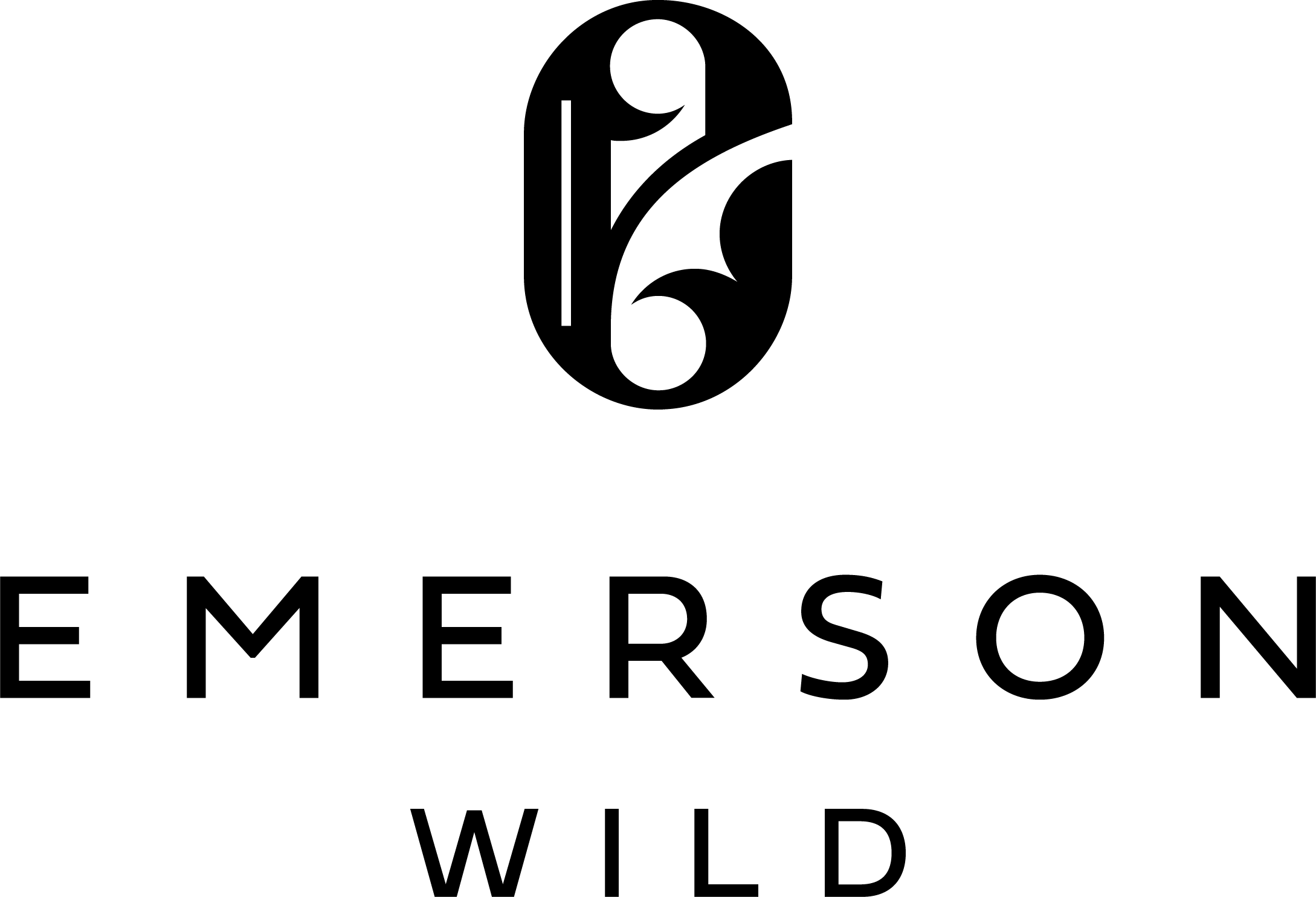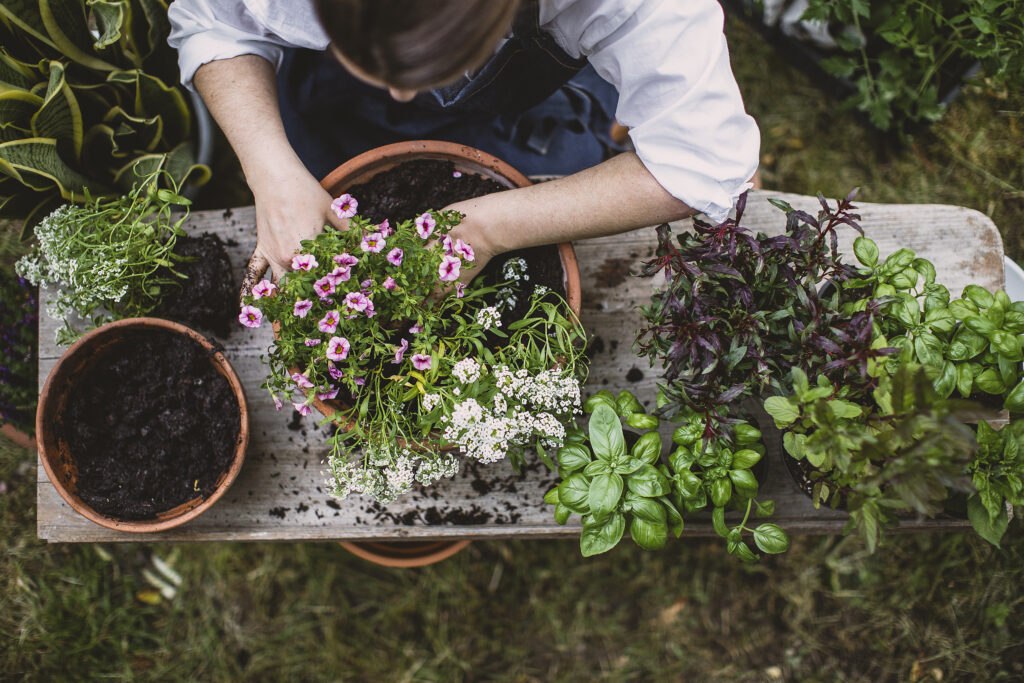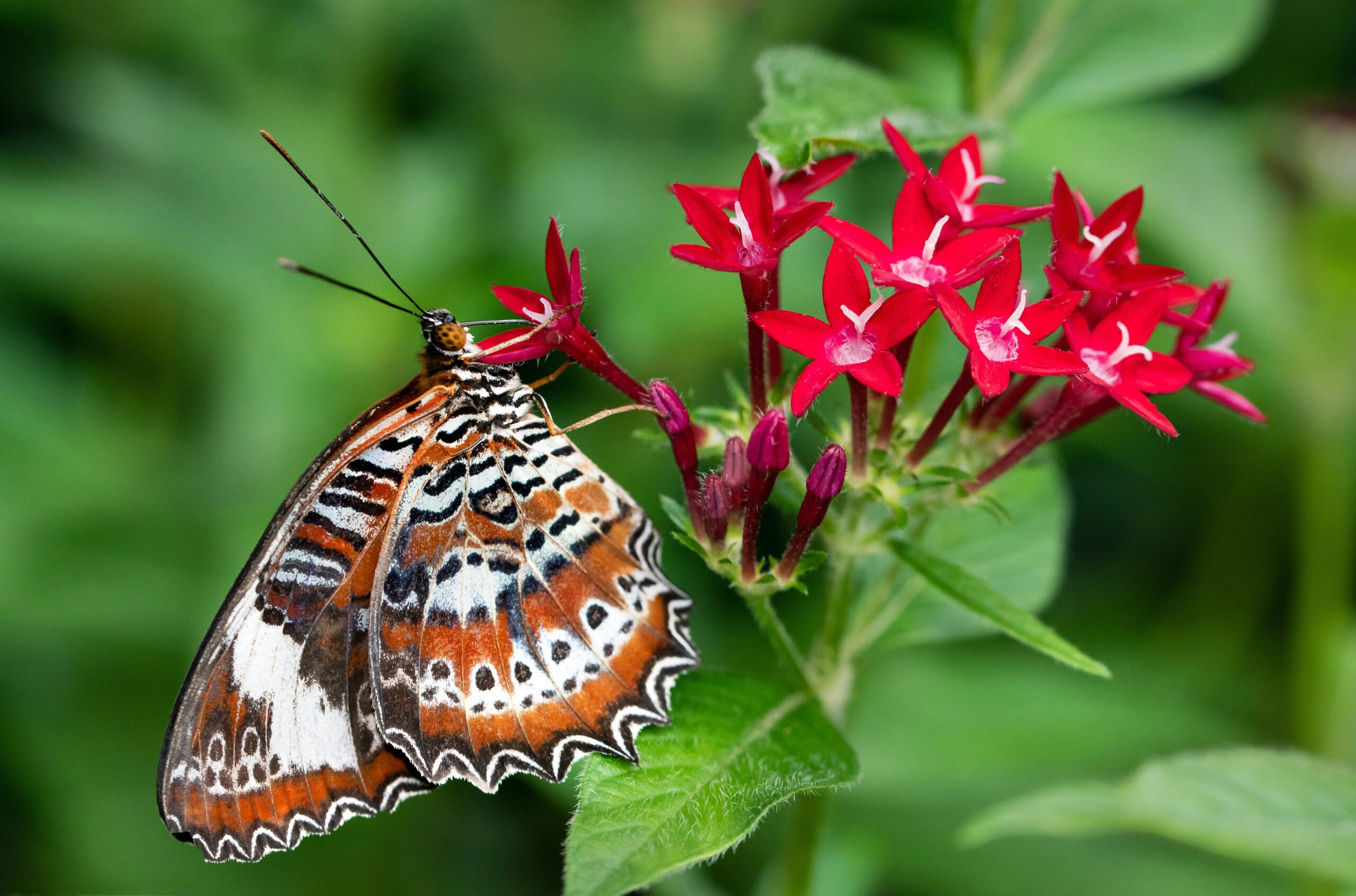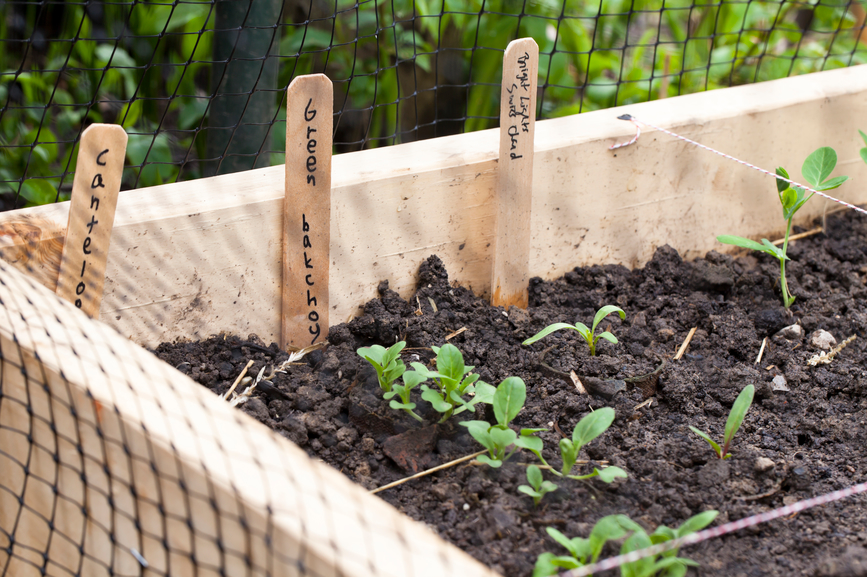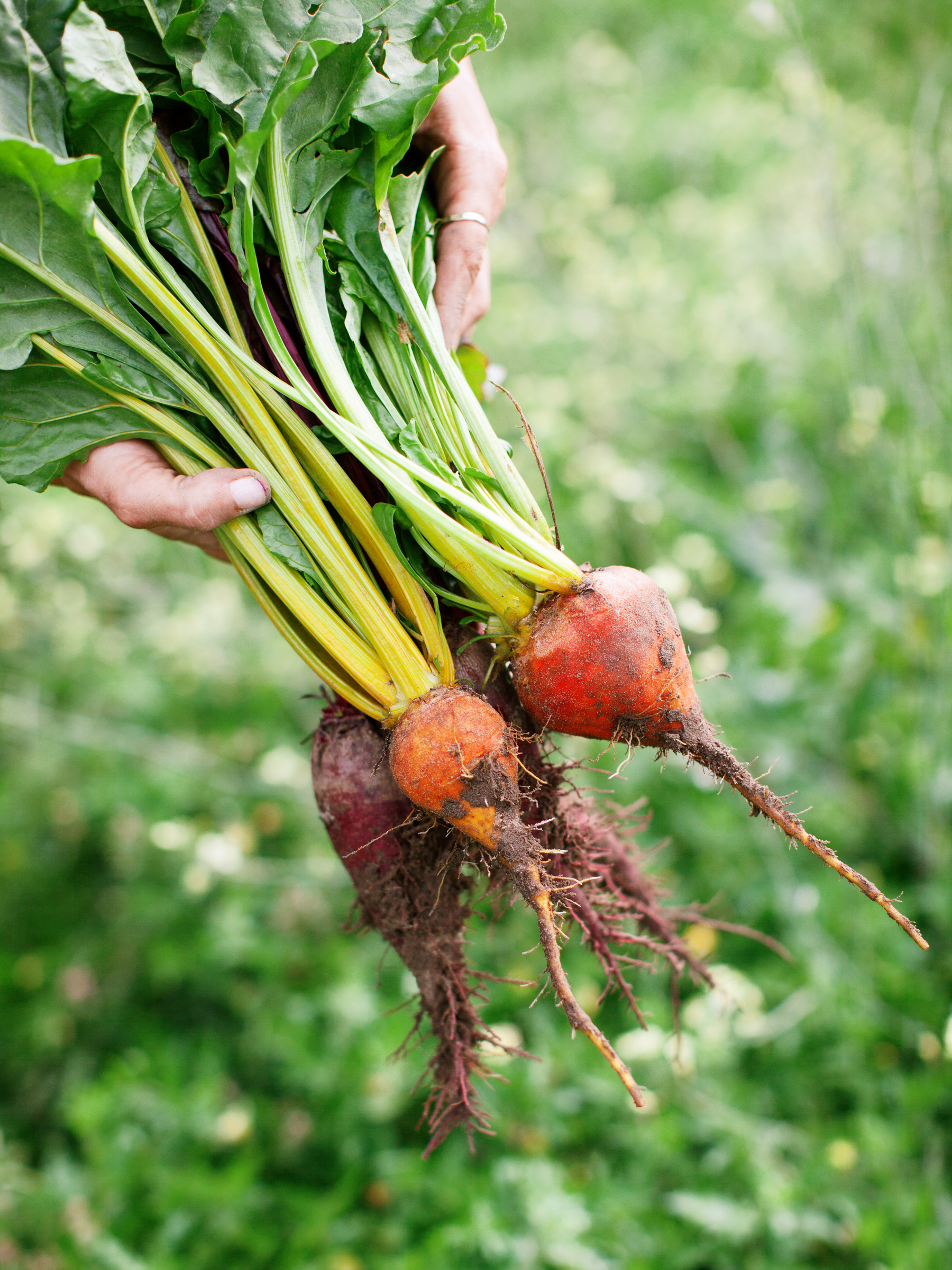The Wild Blog, has seen its fair share of container garden-related posts over the years, but in this commentary, we wanted to explore the nuances of this topic, digging deeper as we focus on gardens with a greater purpose, moving past simple annuals.
A Reflection on The Art of Container Gardening
One definition of the “art of” something, defines it as a wide range of activities that rely on both imagination and skill creating a result that produces a worthwhile experience. Any container gardening endeavour is generally cyclic with three separate experiences, planning/inspiration, daily care, and impact or result. In planning we reflect on the purpose of the garden. During the inspiration stage we unlock our creativities, excite joy and enthusiasm and we fuel a new portion of ideas. The daily care of a container garden focuses on themes of consistency, stability and the kind of certainty that can lead to the reduction of stress. Not only that, but it also implicitly improves concentration and overall mood. Finally, it’s within the last experience where the kind of garden you grow can make all the difference.
Edimental Gardens
We’ve introduced this beautiful theme previously, reviewing the basics. But when it comes to a garden with purpose, this avenue partially fulfills the original need to garden, for nourishment. It then elevates the idea with an additional focus on the visual aesthetic. Form and function assimilate here to move past pretty flowers that make your home look nice. Not only do you reduce carbon emissions and food waste, you also nourish your body with unparalleled goodness. Truly. Did you know that edibles (like fruits, vegetables and herbs) can lose up to half their nutrition within a couple days of harvest? And once you’ve tasted something straight from the vine or the ground, you’ll have a hard time going back, because there is that much of a difference.
Edimentals further call for creativity in their curations. Vegetables, fruits, and herbs can be paired with edible flowers and foliage. Height and visual interest introduced through trellises, obelisks, and tripods. Subsequent planting ensuring a seemingly endless planting. This kind of container garden can begin very small, with 1-3 edible plants, and lead to large intricate constructions or even, many containers together. As you foster this connection with nature, your time is well-spent and your well-being consistently improved. Your mental health can see positive impacts and a sense of pride gained in saying “oh that, I grew it in my container garden, doesn’t it taste great?”
Pollinator Gardens
While edimental gardens look and taste wonderful, we are the main benefactors. But in the case of pollinator gardens, the benefits extend past us into the remainder of the environment. Even a tiny flower-based garden aids the sustainment of essential insects and animals, i.e., pollinators. Yes, providing them food sources, but also, their success in turn supports and sustains others in the food chains. The list of potentials is long, you can emphasize colours, textures, height and shape to list a few, here are some of our favourites. While all pollinator plants are not equal, in that certain flowers are pollinated by specific pollinators, the impact of any, has a rippling effect. And at the start of that, is the gardener who is thoughtful, conscientious and wants to do something more. Besides, could we ever have too many flowers? We think not.
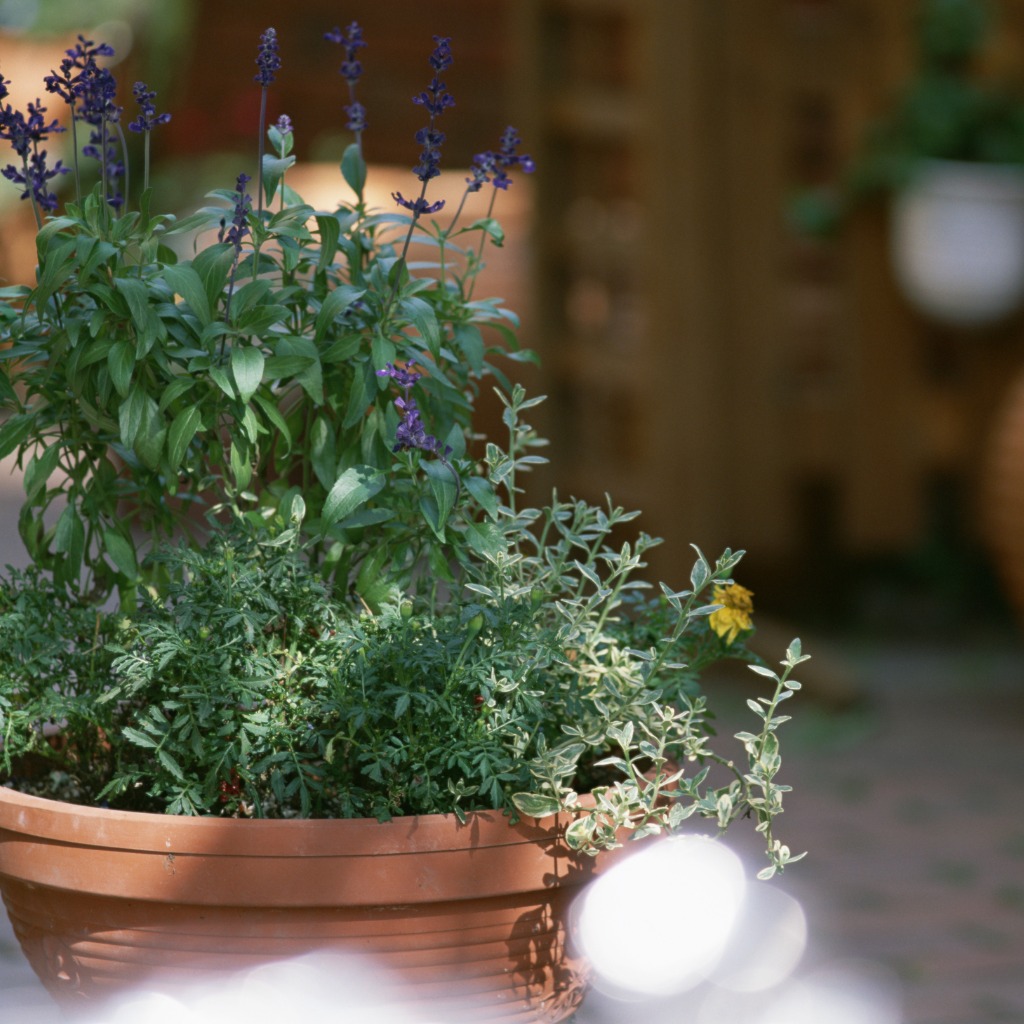
As this kind of container garden flourishes, we furthermore take time to simply observe. Who comes for a visit? Are there interactions between different kinds of insects and general wildlife? What are the sounds and smells of your garden it its glory? And in a way only nature can, this kind of container garden calls for your attention and for you to be present.
Gardens and container gardening are always on our minds, even if they take the backburner for the quieter months. When the weather calls for cozy comforts, we implore you to start letting your imaginations loose, dreaming of what you’ll be planting next year. P.s., if you don’t already, be sure to follow us on Instagram and Pinterest!
